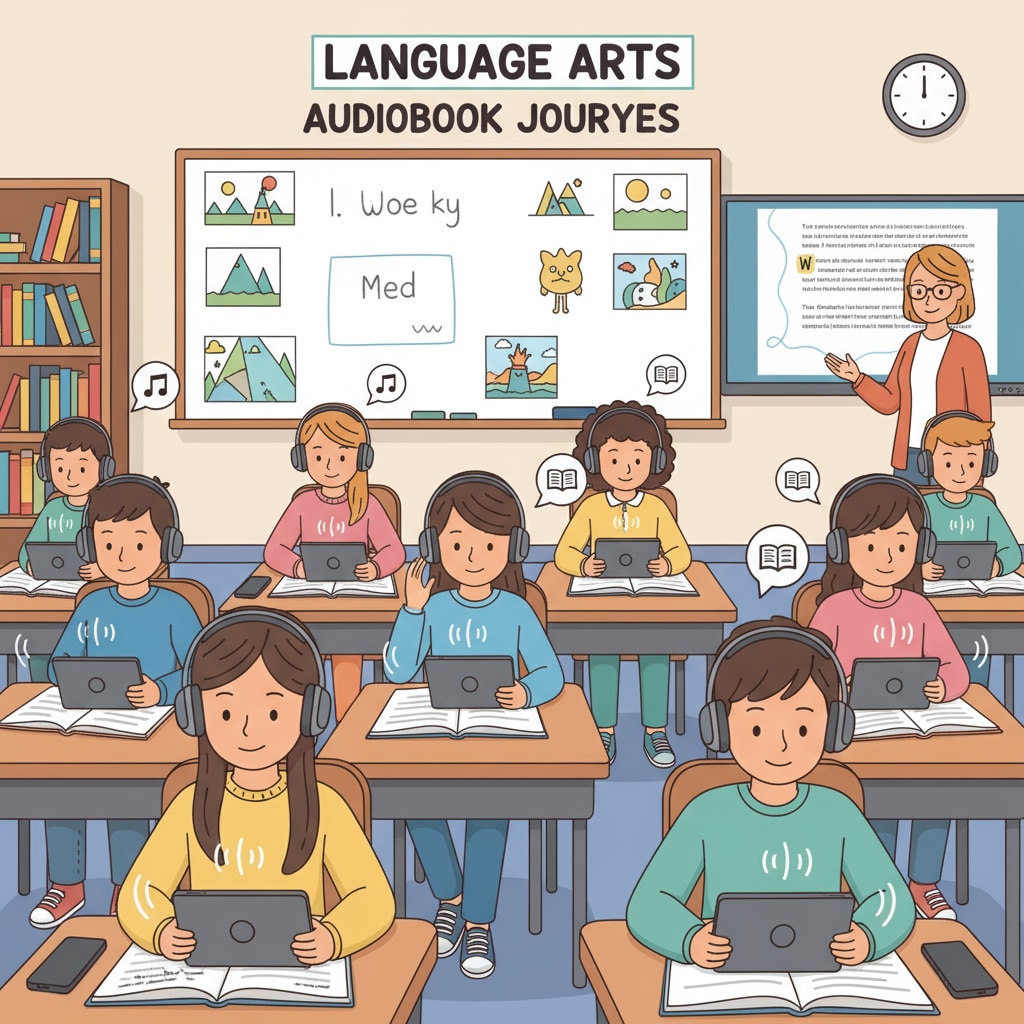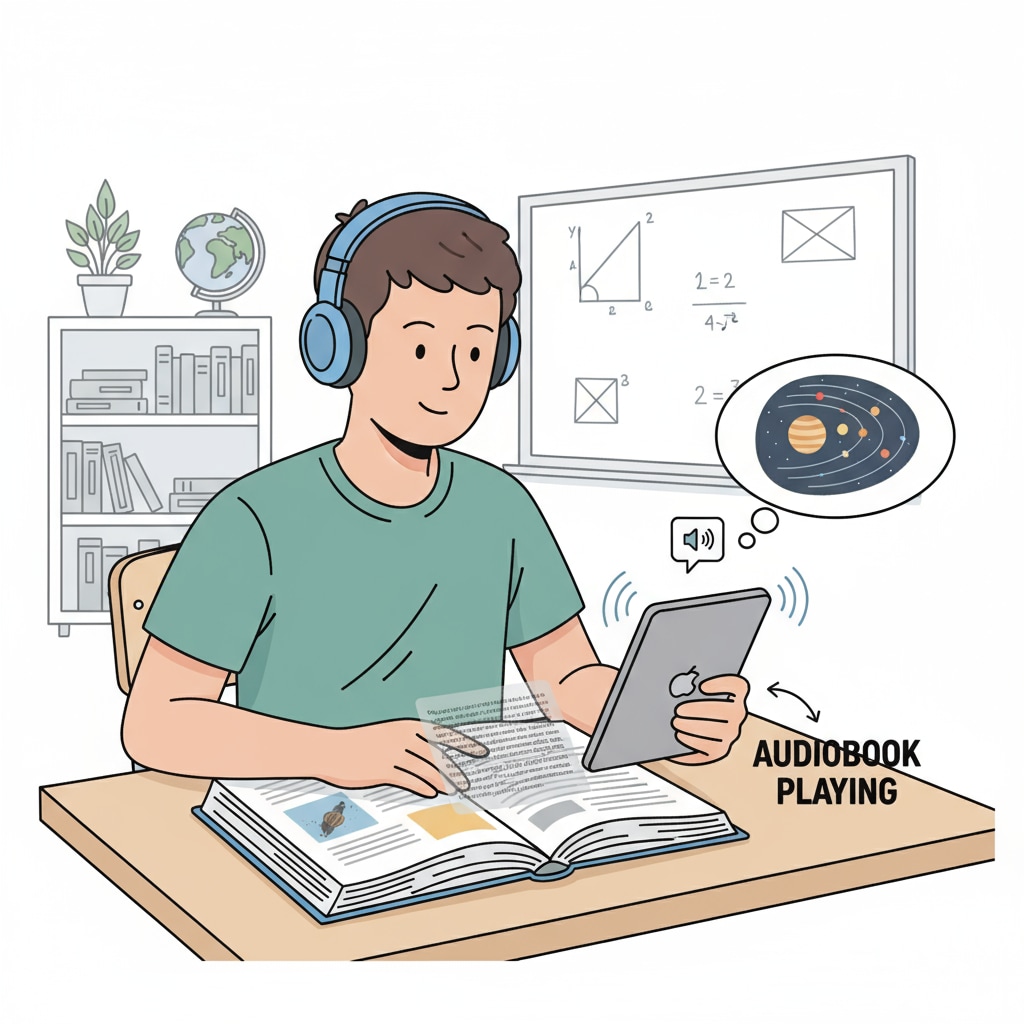In the realm of eighth-grade language arts, the use of audiobooks as a substitute for traditional reading has sparked a significant controversy. This debate encompasses not only the effectiveness of teaching methods but also the development of students’ reading fluency.

As the digital age progresses, educators are constantly exploring new ways to engage students, and audiobooks have emerged as a potential tool. However, this innovation has its critics, who worry about the implications for students’ language skills.
The Rise of Audiobooks in Language Arts
Audiobooks have become increasingly popular in recent years, and their integration into language arts classrooms is no exception. For example, many schools are now providing audiobook versions of classic literature to enhance students’ understanding. According to The American Library Association’s resources on audiobooks, the use of audiobooks can expose students to different voices, intonations, and rhythms of language, which may contribute to their reading fluency development. In addition, for students with learning difficulties, audiobooks can offer an alternative way to access written materials.

Concerns Over Reading Fluency
However, there are concerns that relying too much on audiobooks may hinder students’ reading fluency. Traditional reading involves multiple cognitive processes, such as decoding words, understanding context, and making inferences. When students listen to audiobooks, they may miss out on these crucial steps. As stated by Reading Rockets’ article on the importance of reading fluency, fluency is not just about reading quickly but also about understanding and making meaning. Some educators fear that students who become overly dependent on audiobooks may struggle with silent reading and comprehension in the long run.
To address this controversy, a balanced approach is needed. Educators can use audiobooks as a supplementary resource rather than a complete replacement for traditional reading. For instance, they can have students listen to an audiobook after reading a text to reinforce their understanding. This way, students can benefit from the advantages of both methods and develop a well-rounded set of language skills.
Readability guidance: In this article, we have presented the two sides of the argument regarding the use of audiobooks in eighth-grade language arts classes. By using short paragraphs and clear headings, we have made the content accessible. The external links provide additional information for further exploration. Transition words like “however” and “in addition” help to connect ideas smoothly.


